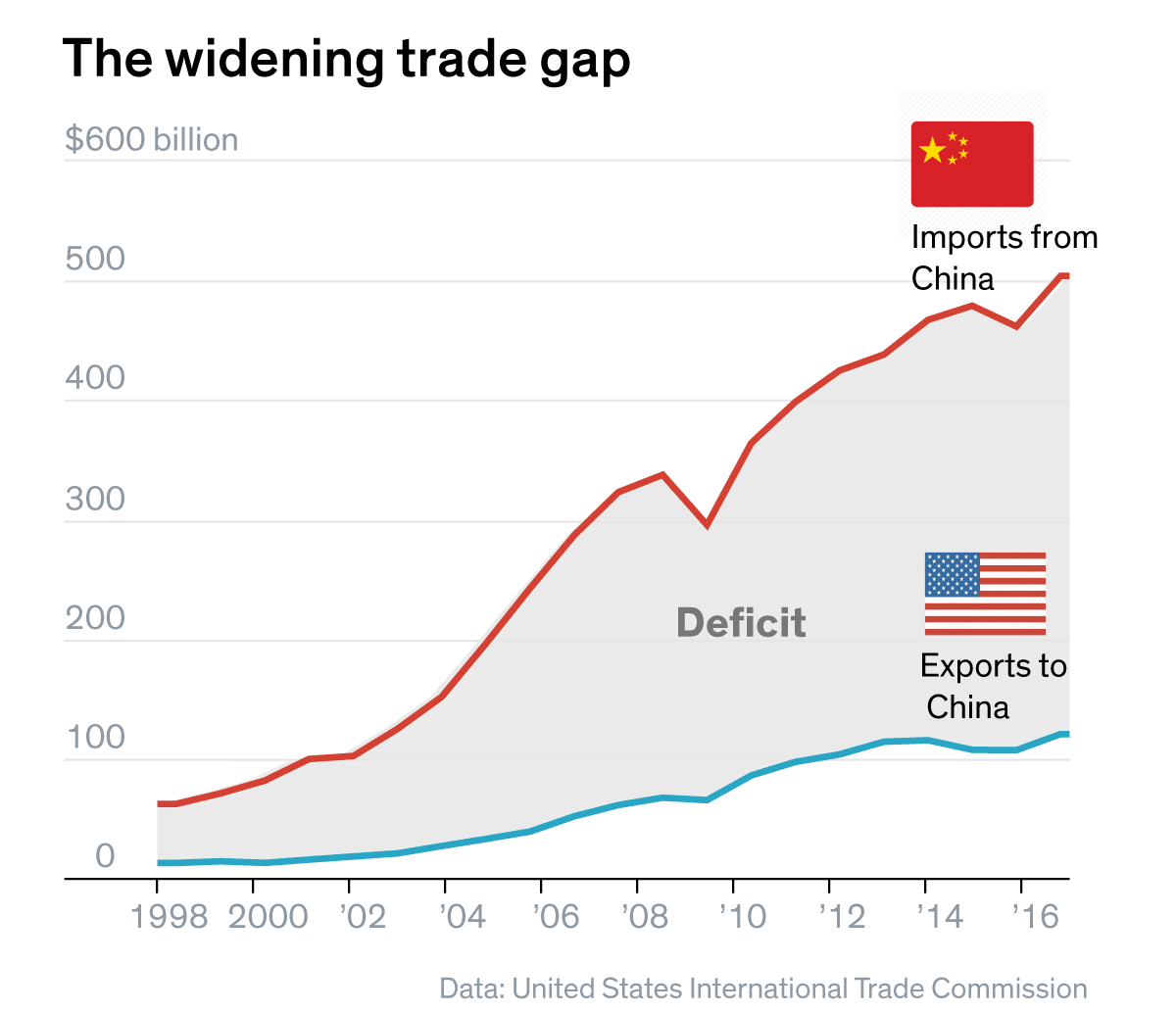Beyond Representation: Authentic Storytelling For Asian And Asian American Media

Table of Contents
Moving Beyond Stereotypes: Understanding Harmful Representations
Common Stereotypes and Their Impact
The media's portrayal of Asian and Asian American communities has historically been riddled with harmful stereotypes, significantly impacting audience perception and the communities themselves. These stereotypes limit the range of characters and narratives we see, perpetuating harmful misconceptions. Common examples include:
-
The Model Minority Myth: This stereotype portrays all Asians as inherently intelligent, hardworking, and successful, ignoring the vast socioeconomic disparities within the community. It creates unrealistic expectations and pressures individuals to conform to this idealized image, often overlooking struggles with poverty, discrimination, and mental health.
-
Perpetual Foreigner: This trope casts Asian characters as outsiders, regardless of their citizenship or length of residency. They're often depicted with accented English or treated as inherently "different," fostering feelings of exclusion and othering.
-
Hypersexualized Asian Women: This harmful stereotype reduces Asian women to their sexuality, objectifying and fetishizing them. It reinforces harmful power dynamics and contributes to a culture of sexual harassment and violence.
-
Emasculated Asian Men: Conversely, Asian men are often portrayed as weak, effeminate, or asexual, undermining their masculinity and perpetuating damaging stereotypes.
-
The "Wise Old Master": This trope limits Asian characters to stereotypical roles of wisdom and subservience, failing to portray the full spectrum of their personalities and experiences.
Challenging these tropes requires active participation from within the community. Self-representation and community involvement are essential in creating narratives that reflect the reality of Asian and Asian American experiences.
The Importance of Nuance and Complexity
Authentic Asian and Asian American storytelling demands nuance and complexity. We must move beyond one-dimensional characters to portray individuals with multifaceted lives, diverse experiences, perspectives, and motivations. Each character should possess internal conflicts, personal struggles, and a range of emotions, just like any other human being.
Relying on simplistic narratives not only perpetuates harmful stereotypes but also prevents audiences from connecting with the characters on a deeper level. Acknowledging internal conflicts and the complexities within Asian and Asian American communities is vital for creating truly impactful stories. These narratives should encompass the full spectrum of human experience, reflecting the richness and diversity within the community.
Authenticity in Storytelling: Accuracy and Cultural Sensitivity
Research and Consultation
Authentic storytelling necessitates thorough research and consultation with members of the Asian and Asian American communities. This isn't merely a matter of representation; it's about ensuring cultural accuracy and avoiding the perpetuation of harmful misconceptions.
Working with cultural consultants and experts is crucial. These individuals can provide valuable insights into cultural practices, traditions, and sensitivities, ensuring that the portrayal of these elements is respectful and accurate. This collaborative approach fosters trust and helps build bridges between creators and the communities they seek to represent.
Avoiding Cultural Appropriation
Cultural appropriation occurs when elements of a culture are adopted by members of another culture, often without understanding or respecting their original context. This can be particularly harmful when it involves sacred or significant cultural practices.
To avoid cultural appropriation:
- Conduct thorough research: Understand the history and significance of cultural elements before incorporating them into your story.
- Seek consultation: Work with cultural experts to ensure respectful and accurate representation.
- Center the voices of the culture: Give agency and ownership to the community members whose culture is being portrayed.
- Acknowledge the source: Give credit to the origin of cultural elements and their significance.
The difference between appreciation and appropriation lies in respect, understanding, and acknowledgment. Appreciation involves celebrating cultural elements in a way that honors their origins and significance, while appropriation often involves exploiting or commodifying them without proper understanding or respect.
Amplifying Diverse Voices: Inclusion and Representation
Representation Beyond the Big Screen
Authentic representation extends beyond film and television. It must encompass all forms of media—literature, video games, music, and more. Each medium offers unique opportunities to shape perceptions and create a more inclusive media landscape.
The importance of diverse voices in creative roles cannot be overstated. We need Asian and Asian American writers, directors, producers, and actors to shape the narratives that tell their stories. This ensures authenticity and prevents the perpetuation of harmful stereotypes that arise from a lack of diverse perspectives.
Showcasing the Spectrum of Asian and Asian American Experiences
The Asian and Asian American communities encompass a vast spectrum of nationalities, ethnicities, religions, sexual orientations, socio-economic backgrounds, and experiences. Authentic storytelling must reflect this diversity, moving beyond singular narratives to showcase the wide range of lived realities.
Stories that explore these differences enrich the narrative landscape, providing audiences with a more comprehensive and accurate understanding of the complexities of these communities. This includes representation of LGBTQ+ individuals, people with disabilities, and those from various socioeconomic backgrounds.
Creating Impactful Narratives: Beyond Representation to Meaningful Engagement
Emotional Resonance and Universal Themes
Authentic storytelling transcends cultural boundaries. While it's crucial to accurately portray Asian and Asian American experiences, the most impactful narratives connect with audiences on an emotional level, regardless of background.
Exploring universal themes of love, loss, ambition, resilience, and family through an Asian and Asian American lens allows for broader resonance and deeper connection with viewers. This demonstrates that these human experiences are universal, transcending cultural differences.
Fostering Dialogue and Understanding
Authentic storytelling has the power to foster dialogue and understanding between different cultural groups. By presenting relatable characters and nuanced narratives, we can challenge preconceived notions and promote empathy.
Impactful narratives can spark conversations about important social issues, encourage critical thinking, and promote a greater appreciation for cultural diversity. Such stories can serve as powerful tools for education and social change.
Conclusion
True authenticity in Asian and Asian American media requires a conscious effort to move beyond simple representation and embrace nuanced, complex storytelling. This involves rigorous research, cultural sensitivity, amplifying diverse voices, and creating narratives with emotional depth and universal appeal. We must strive to create stories that not only reflect the reality of these communities but also connect with audiences on a human level, fostering greater understanding and empathy.
Let's work together to create a media landscape that celebrates the rich tapestry of Asian and Asian American experiences. By embracing authentic storytelling, we can create impactful narratives that resonate with audiences and foster a deeper understanding of these vibrant communities. Let’s champion authentic storytelling for Asian and Asian American media!

Featured Posts
-
 Aaron Judges Key Stats What They Mean For The Yankees In 2025
May 11, 2025
Aaron Judges Key Stats What They Mean For The Yankees In 2025
May 11, 2025 -
 Manon Fiorot Challenges Valentina Shevchenko At Ufc 315
May 11, 2025
Manon Fiorot Challenges Valentina Shevchenko At Ufc 315
May 11, 2025 -
 Grand Slam Delight The Jamaica Observers Complete Guide
May 11, 2025
Grand Slam Delight The Jamaica Observers Complete Guide
May 11, 2025 -
 Crazy Rich Asians Tv Adaptation Cast Plot And Release Date Speculation
May 11, 2025
Crazy Rich Asians Tv Adaptation Cast Plot And Release Date Speculation
May 11, 2025 -
 Apples Ecosystem And Google S A Case Of Mutual Dependence
May 11, 2025
Apples Ecosystem And Google S A Case Of Mutual Dependence
May 11, 2025
Latest Posts
-
 Whoop Under Fire Users Furious Over Unfulfilled Upgrade Promises
May 11, 2025
Whoop Under Fire Users Furious Over Unfulfilled Upgrade Promises
May 11, 2025 -
 U S China Trade Exclusive Details On Security Officials Visit
May 11, 2025
U S China Trade Exclusive Details On Security Officials Visit
May 11, 2025 -
 Whoops Broken Promises User Anger Over Failed Free Upgrades
May 11, 2025
Whoops Broken Promises User Anger Over Failed Free Upgrades
May 11, 2025 -
 Todays Stock Market Analyzing The Impact Of Global Trade News
May 11, 2025
Todays Stock Market Analyzing The Impact Of Global Trade News
May 11, 2025 -
 Us Military Academies Under Pentagon Scrutiny Book Content Under Review
May 11, 2025
Us Military Academies Under Pentagon Scrutiny Book Content Under Review
May 11, 2025
